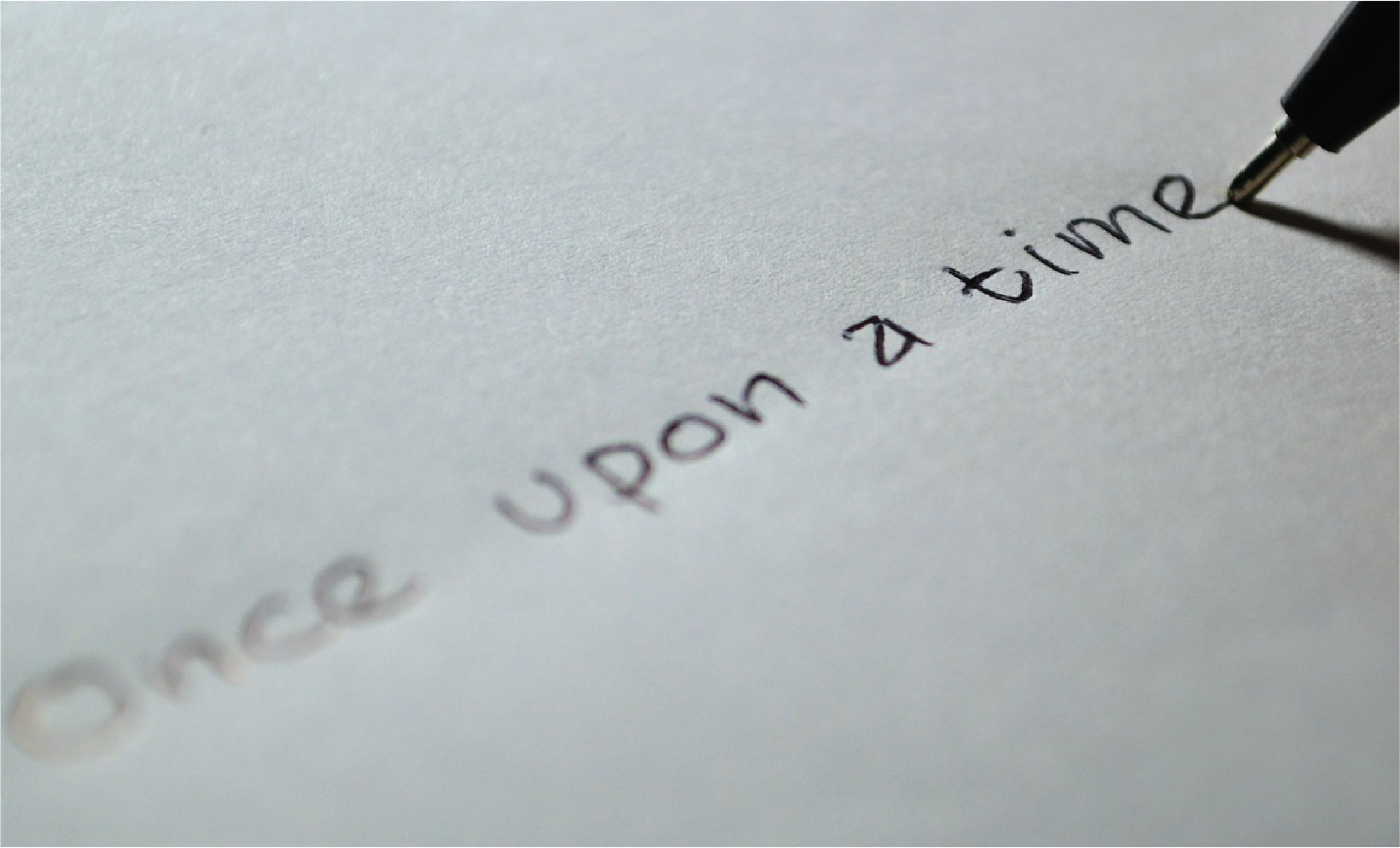What is Your Patent Litigation Story?
By Eric Rudich, Ph.D.
During a patent trial, jurors are provided with an influx of information regarding the invention, patent language, infringement, and invalidity issues. Due to the complexity of the information presented, jurors need to simplify and synthesize this information so that they can later make verdict determinations. Jurors tend to process the amount and complexity of information by developing stories. Stories convey information and enable people to make sense of the world around them. Research has consistently shown that stories are more likely to be comprehended and recalled. Moreover, when information is not presented in story form, people tend to reorganize the information into stories anyway. The danger of not providing stories at trial is that jurors will create their own stories to fit the evidence and to fill any gaps which may be inconsistent with your client’s position.
Trial jurors are in a unique position as they are not passive listeners to each side’s litigation story. Rather, jurors are active participants who will ultimately determine how the story ends. Based on their verdict decisions, jurors will need to make moral judgments about who should win and the amount of damages, if any, that should be awarded. If jurors relied on the same moral judgments for making verdict decisions, however, jurors would all agree on the outcome of the trial. This, of course, rarely occurs which demonstrates that although jurors are presented with the same arguments and evidence at trial, they often use different moral judgements for making verdict decisions.
Moral Foundations Theory
Moral Foundations Theory provides a framework for understanding why jurors can have very different views about which side should prevail in a case. The theory proposes that moral judgments have evolved from our innate sense of suffering, fairness, and cheating which arose from intergroup and intra-group conflict in our ancestral environment. From an evolutionary perspective, morality facilitated intra-group cooperation among individuals which in turn offered survival advantages over other groups that competed for the same resources.
Recent research suggests that moral judgments are made automatically and are based on emotion rather than deliberate reasoning. In other words, people make decisions based on what feels right first and then seek out information to support their views. The theory states that people use five foundations for making moral decisions which are based on our motives for group inclusion and cohesiveness. These moral foundations are based on concerns for care versus harm, fairness versus cheating, loyalty versus betrayal, authority versus subversion, and sanctity versus degradation.

Storylines in Patent Cases
In our experience, the inventor story and the relationship story are the key storylines that jurors use to make verdict determinations in patent cases. The inventor story is typically very engaging as many jurors have an idealized notion of inventors rooted in historic figures such as Thomas Edison, Jonas Salk, or more recently, Steve Jobs. At trial, jurors are very interested in the inventor’s testimony and learning how she developed the idea that led to the patented invention. The inventor story typically follows a standard storyline known in the comparative literature field as “the hero’s quest” in which the protagonist (the inventor) encounters a technical problem. The inventor is continually tested as she encounters many challenges before she has the epiphany that leads to the invention. The invention then results in significant benefits to consumers and to society as a whole.
The moral component to the inventor story is based on the dimension of fairness versus cheating and is founded on individuals’ expectations that if you use something of value, then you should pay for it. In patent cases, jurors evaluate fairness in regard to the hero’s quest storyline which demonstrates the value of the invention by showing the difficulty of the problem, the time and effort that the inventor needed to realize her invention, and the resulting benefits to industry and society. Jurors want to reward inventors for their effort and the perceived value of the patented technology. Cheating, on the other hand, is evaluated in the context of the defendants’ actions. Did the defendant know about the invention/patents? Does the defendant have its own technology? Is the patent “foundational” and necessary for the development of later technology? Jurors also make inferences as to whether the defendant is cheating based on whether the defendants’ competitors have licensed the plaintiff’s patents. This may lead jurors to question whether the defendant is using litigation to avoid licensing the plaintiff’s patents.
Many patent cases also have a relationship story as key inventors, scientists and/or the parties may have worked together previously. Jurors evaluate the moral component of the relationship story based on the dimension of loyalty versus betrayal. In some patent cases, there are allegations that the defendant’s employees learned about the technology while they were employed by the plaintiff. In other cases, the parties may have been working together to develop related technology. In these situations, jurors evaluate whether the defendant should have remained loyal to the plaintiff or betrayed their former employee or business partner by taking key technology. We have consistently found that jurors who have been betrayed in their personal relationships are more likely to emotionally connect with the plaintiff, especially where these jurors perceive the defendant used the plaintiff for its technology and then left the relationship when the plaintiff was no longer “needed.”
Conclusion
Understanding the storylines and their corresponding moral foundations is critical for engaging jurors in an otherwise technical case. Because moral judgements are based on emotion and occur automatically, attorneys need to identify the profiles of jurors that will rely on these moral foundations for making verdict determinations. These jurors are the most likely to be emotionally-driven and the strongest advocates for or against your client during deliberations. Attorneys may also resonate with jurors by using specific language that drives them to use a specific moral foundation for making verdict determinations. By identifying the moral foundations for making verdict decisions, attorneys are much better able to identify jurors favorable to their case and to craft the themes and trial story that will most appeal to patent jurors at trial.



